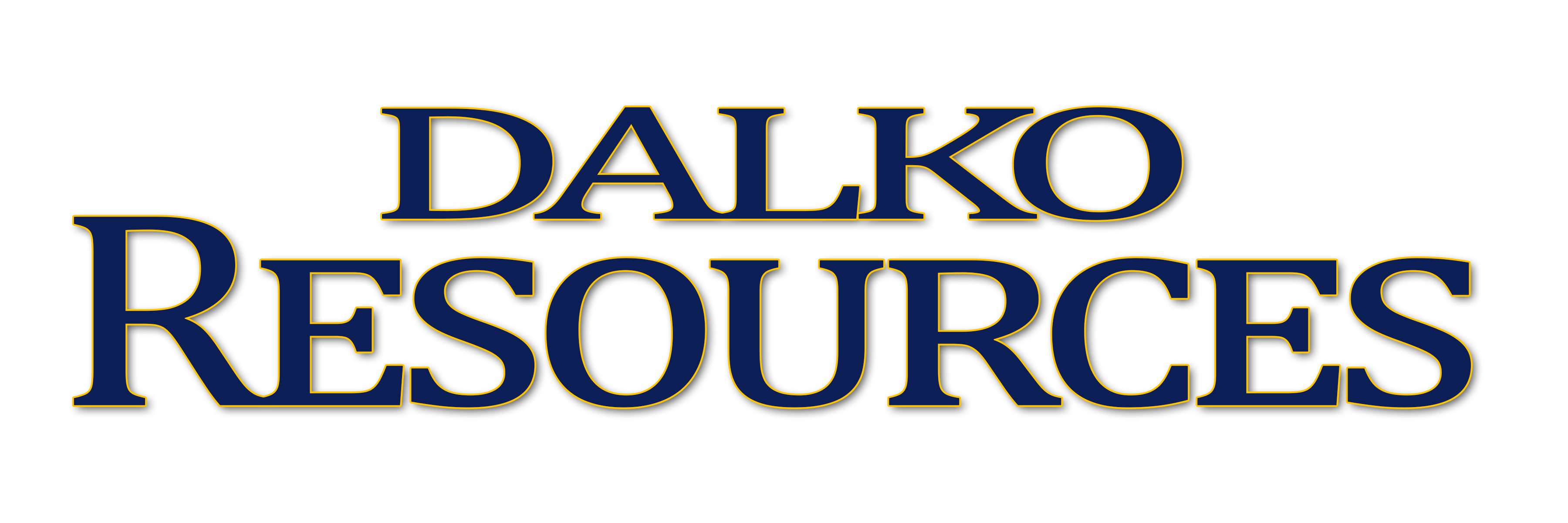The first baseballs had anything from a walnut to a rock in the center. Yarn or string was wrapped around any solid substance. The string was then encased in leather. Players made their own or had them made for them to their own specifications. Since the custom was for the first teams of the 1850s to supply the balls for a game, games were dramatically swayed by the choice of a ball with properties that suited a team’s style of play.

Modern baseballs are formed from yarn wound around a small core of cork, rubber or similar material covered with two strips of white horsehide or cowhide tightly stitched together by 108 stitches. The ball’s weight must be no less than 5 ounces, but no more than 5 ¼ ounces, and must have a circumference of no less than 9 inches but no more than 9 ¼ inches
The stitching is a significant characteristic of the baseball. After a ball has been pitched, these raised stitches act like wings on a plane, catching the wind and causing the ball to swerve slightly on its way to the catcher. Whether the ball swerves to the right, to the left, or downward, or a combination thereof, and whether it swerves sharply or gradually, depends on which direction, and how fast, the stitches have been made to spin by the pitcher.
Major League Baseball now puts its baseballs through stringent testing before play. They are shot from an air cannon at a speed of 85 feet per second at a wall of northern white ash and must rebound at no more than 0.578 percent of their original speed.
When pitchers began complaining in 1921 that they could not get a good grip on new balls, umpires began the practice of rubbing them before a game. Lena Blackburne’s Rubbing Mud is currently used, and its exact recipe is a deep secret. Rawlings also now makes baseballs with microchips inside that record a ball’s speed.
Sources
http://mlb.mlb.com/mlb/official_info/official_rules/objectives_1.jsp
https://en.wikipedia.org/wiki/Baseball_(ball)
http://www.livestrong.com/article/359789-history-of-the-baseball-ball/
http://www.britannica.com/sports/baseball-ball

